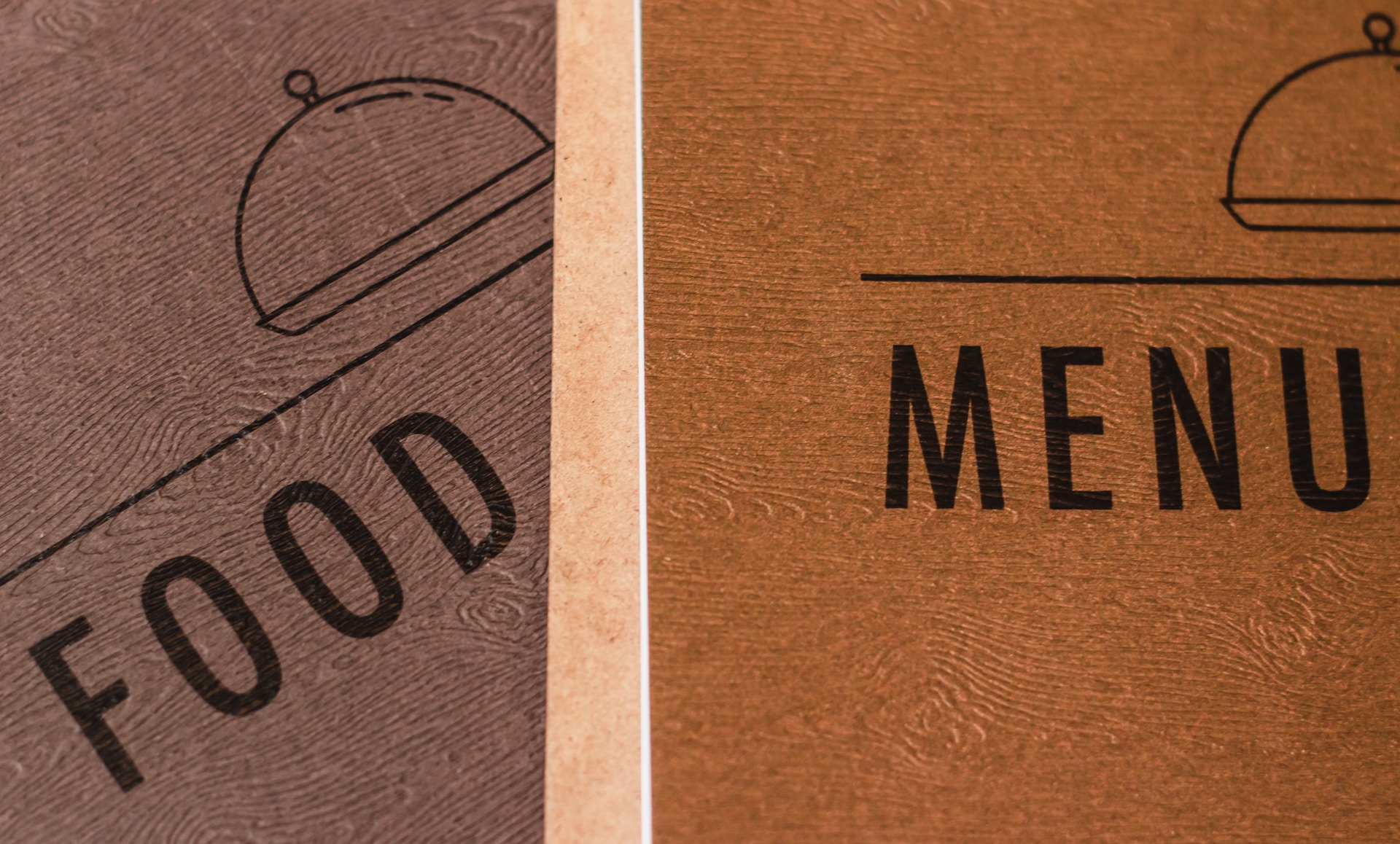As a restaurant owner, you understand the importance of keeping your offerings fresh and exciting. Whether it’s introducing seasonal ingredients, catering to changing customer preferences, or simply shaking things up, there will come a time when you need to change your menu and prices.
But how do you introduce these changes without causing confusion or alienating your loyal customers? This article will provide you with some practical guidance. You will know several strategies that could help ensure a successful transition from old to new.
And if you want to know more about some tips and tricks, you may visit 360 Training. That way, you can get tips on introducing new restaurant menus and prices effectively.
Useful Tips for Introducing New Menu And Prices
Having a hard time introducing a new menu? Here’s what you need to know.
Make Announcement About Changes Ahead of Time
If you work in a restaurant, it’s important to keep evolving to meet changing consumer demands, explore culinary trends, and deliver fresh experiences.
Communicating these changes early will ensure that you have the opportunity to anticipate and adjust accordingly.
It’s not just about adding or removing items from the menu; each change is thoughtfully planned considering factors like ingredient availability, seasonality, preparation time, customer preferences, and more.
Provide Details About the New Menu Offer
Make sure you are going to share enticing details about your fresh offerings. You should highlight the unique flavors and ingredients to make your dishes stand out. It’s not enough to just simply announce a new menu; people want to know what makes it different or better than the old one.
Use descriptive language when talking about each dish, emphasizing the taste, its presentation, and how it’s prepared. This level of detail helps customers visualize the meal and creates anticipation.
Also, don’t forget to explain the reasons behind any price changes. If prices have increased due to sourcing higher-quality ingredients or adopting more labor-intensive cooking methods, you must be transparent about these factors. Customers appreciate honesty and are always willing to pay more for better quality food.
However, if possible, try offering some other items at different price points so there is something for everyone’s budget. Balancing premium meals with more affordable options will cater to all diners while reinforcing perceived value across your entire menu range. If you need more tips about giving details about the new menu, check out 360 Training for more.
Offer Promo and Discounts
To attract more customers to your revamped cuisine, why don’t you consider offering some tempting promos and discounts?
Everyone loves a good deal, right? Therefore, consider having discounted days or early bird specials, which could encourage more clientele to try out your new menu.
Remember that the aim is not only to appeal to existing patrons but also to lure in potential customers who might be intrigued by your promotional offerings.
Perhaps you could also consider offering meal combos at a good price. It can add substantial value for groups of diners. You may want to create family bundles or group specials that combine several dishes from your new menu at a reduced price point.
Moreover, loyalty programs can also help ensure repeat business. You should consider offering rewards such as discounts on future purchases or bonus points for customer referrals.
It’s important to note that while you introduce promo and discounts, it can still be beneficial in increasing footfall and sales volume initially. This could help maintain consistency in food quality and should always remain a priority regardless of the pricing strategies employed.
Ensure that the Transition is Smooth
Going through this change smoothly is a challenge, isn’t it? The success of the new menu and pricing structure can greatly depend on the transition process.
It’s more than just introducing new offerings; it’s about managing customer expectations, ensuring staff readiness, and mitigating potential disruptions to operations.
With that, you must communicate clearly with your customers to minimize any surprises or misunderstandings. You could use social media platforms, email newsletters, in-store signage, or even direct conversations to provide sneak peeks into the upcoming changes. This way, customers will feel involved in the transformation without being blindsided by unexpected shifts.
Additionally, updating POS systems ahead of time will also help prevent technical glitches during peak hours. You should imagine a scenario where the customer would wait longer because of system issues related to a new menu item!
Also, you need to consider doing a soft launch or trial period for regular customers who could provide valuable feedback before fully implementing these changes across all outlets.
Adapt Social Media Strategies
Adapting your social media strategy isn’t just about hitting the ‘post’ button, it’s a carefully crafted dance of words and images that can make the audience drool over their screens.
You need to create compelling posts that will showcase new menu items and pricing appealingly and enticingly. Use high-quality photos and engaging captions highlighting the value of your offering.
Create a sense of urgency by promoting limited-time offers or specials related to the new menu. And don’t forget to use hashtags relevant to your industry, like #newmenu or #foodie, to broaden the reach of your posts.
Remember, customer engagement is important on social media platforms. You must be able to respond promptly to comments, questions, and feedback from customers about your new menu.
You may also try hosting interactive polls or contests that can boost engagement and excitement for new offerings.
Seek Help from Ambassadors and Influencers
In the vibrant world of social media, don’t underestimate the power of partnering with influencers and brand ambassadors. These individuals have a strong following on Instagram, Facebook, Twitter, and YouTube.
They can be your instrument in promoting a new restaurant menu and prices to their substantial follower base.
When choosing suitable influencers or ambassadors for your restaurant business, focus on those who align with your brand image and values. It’s also important to ensure high engagement rates because this indicates that their followers trust their recommendations.
When you’ve identified potential influencers or ambassadors to work with, consider inviting them to a tasting event where they can try out the new menu items before anyone else. This exclusive experience will give them content for their feeds while spreading the word about your updated offerings.
Remember the transparency in these partnerships, for it’s paramount. You must ensure all parties understand expectations regarding disclosures according to FTC guidelines when endorsing products online.
Conclusion
Now that you know the strategies for introducing new menus and pricing in your restaurant, it will be a lot easier for you to keep up with the trend without being questioned.
Remember, it’s all about communicating clearly and making the transition as smooth as possible for your customers. With careful planning and execution, you’re bound to make this exciting change successful! For more tips, visit 360 Training, as it will give you a lot of ways to run a restaurant business.



